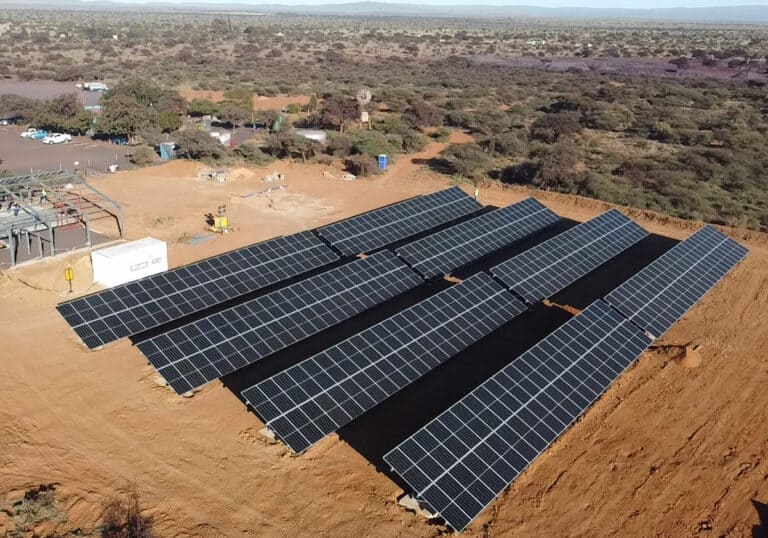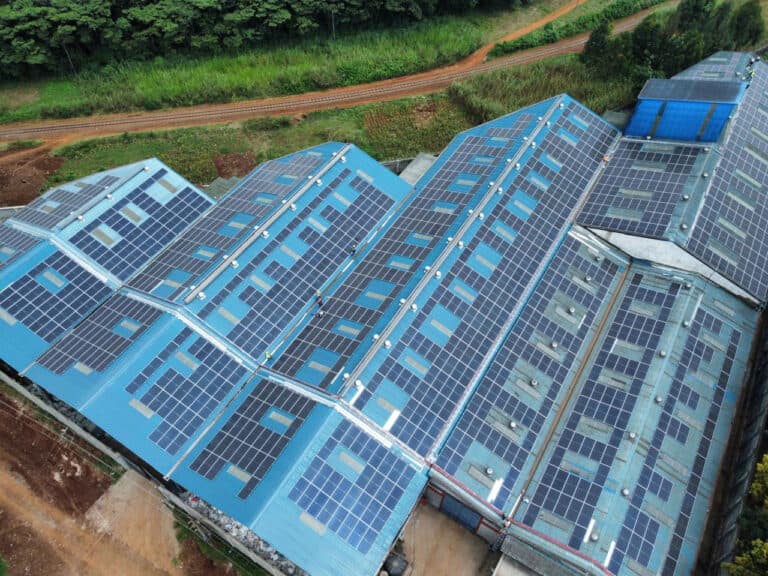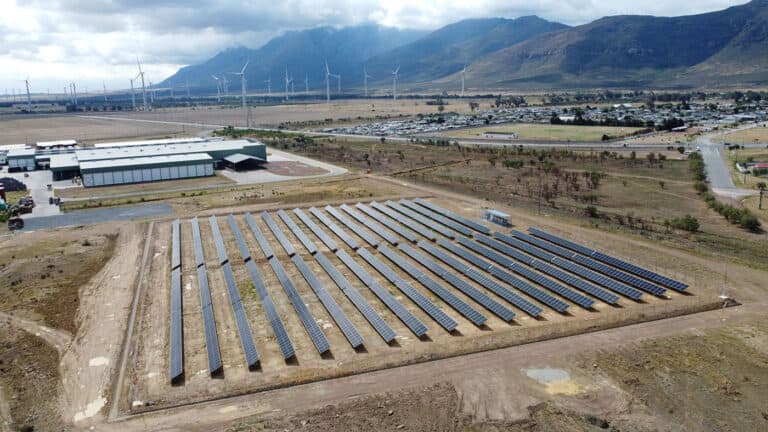Energy is likeable to life. Without it, nothing can run or move. There is always energy demand from a given population in a country or state; primarily in electric form. These demands have to be met so that the core industries and other equally important facilities such as hospitals can run. There are so many ways of generating this required energy and the mode used is highly dependent on the demand and the amount of capital and infrastructure available. For most African countries, nuclear energy and renewable energy are the most promising power sources. But between these two, renewable energy seems to be more attractive as compared to nuclear energy.
Sampling nuclear energy
Nuclear energy has been around for more than half a century now, its discovery being attributed to the renowned scientist Albert Einstein. Defined by the equation E=mc2, the first ever use of nuclear energy was during World War II where it was used infamously as a weapon against Japan. However, after the wartimes, nuclear energy found a more subtle use; generating civil electrical energy.
How nuclear energy works
Nuclear energy is harnessed primarily from nuclear fission where the nucleus of an unstable atom such as that of the element uranium is split. According to nuclear physics, the constituent elements of an atom are held together by very strong forces. When the atom splits, as in the case of nuclear fission, a lot of energy associated with these strong forces is released.
To generate electricity using nuclear energy, a nuclear reactor is used where a chain of controlled nuclear fission reactions is allowed to take place within the reactor. As single atom splits, fission products consisting of sub-atomic particles as well as some radiation and heat energy is released. The released sub-atomic particles facilitate the splitting of more atoms thus a chain reaction is developed. To control this chain reaction, nuclear poisons are used where they absorb the released sub-atomic particles. The more the nuclear poisons, the more controlled the nuclear reaction in the nuclear reactor is.
A lot of heat energy is associated with nuclear reactions. This energy is tapped into by the heating of the reactant’s cooling agent, preferably water, to get steam. The steam obtained is used to drive a set of turbines or wheels connected to a set of generators so as to generate electrical power.
The major drawback of nuclear energy: safety requirements and infrastructure demand
Nuclear energy can be argued to be a clean source of energy, but entirely it is not. On the downside, this form of energy can be very catastrophic to the human and biological population around the plant generating it, especially in events of a leakage or radiation exposure. There have been major disasters all over the world associated with nuclear energy power plants, all which came with catastrophic consequences. These disasters range from the Three Mile Island disaster in America, Chernobyl to Fukushima disaster that happened most recent and was the most devastating with its consequences being felt to date.
The three major nuclear energy disasters have served as an example to the International Atomic Energy Agency, which is mandated to ensure the safety of nuclear energy power plants globally. There are strict safety regulation measures that have been set for any nuclear reactor or power plant. And these regulations are not just for the reactors but also the nuclear waste facilities that have been set up to handle nuclear waste.
By the stringent safety rules which are primarily advocating for fail-safe nuclear plant designs, demand on infrastructure needed to set-up a nuclear power plant has sky-rocketed. This is due to the high standard and high-quality materials needed for building durable reactors that will be less susceptible to leakages; which are the major cause of most nuclear reactor disasters. Furthermore, according to the International Atomic Energy Agency, an apt pre-designated area is needed for the dumping of nuclear waste. This extra infrastructure puts in more demand. Unfortunately, factoring in the economic policies and scope of many African Countries, the demands laid down by nuclear energy are quite hefty. This brings in a better alternative, renewable energy.
Renewable energy
Without the radiation hazards posed by nuclear energy, renewable energy is a 100% environmental and life-friendly form of energy production. There is a low demand on infrastructure as it is easy to set up a renewable energy plant and even run one. This is a preferred choice in Africa where getting nuclear energy is a hard bet due to the stringent safety regulations and heavy infrastructure demand associated with nuclear energy power plants.




